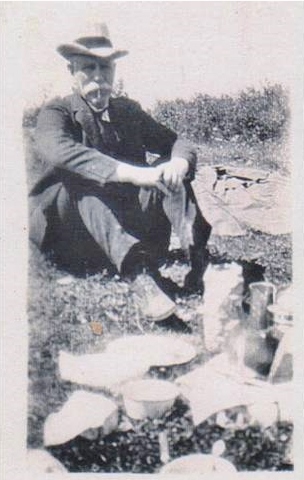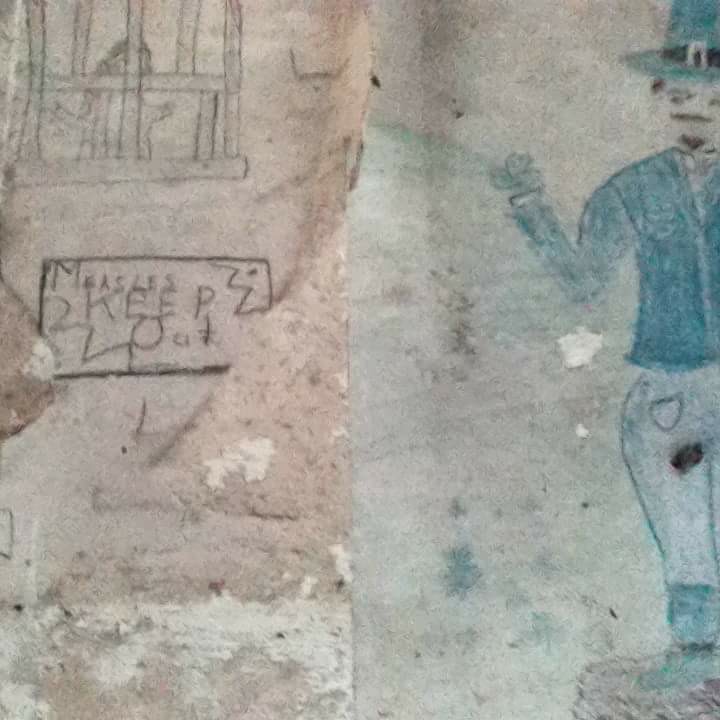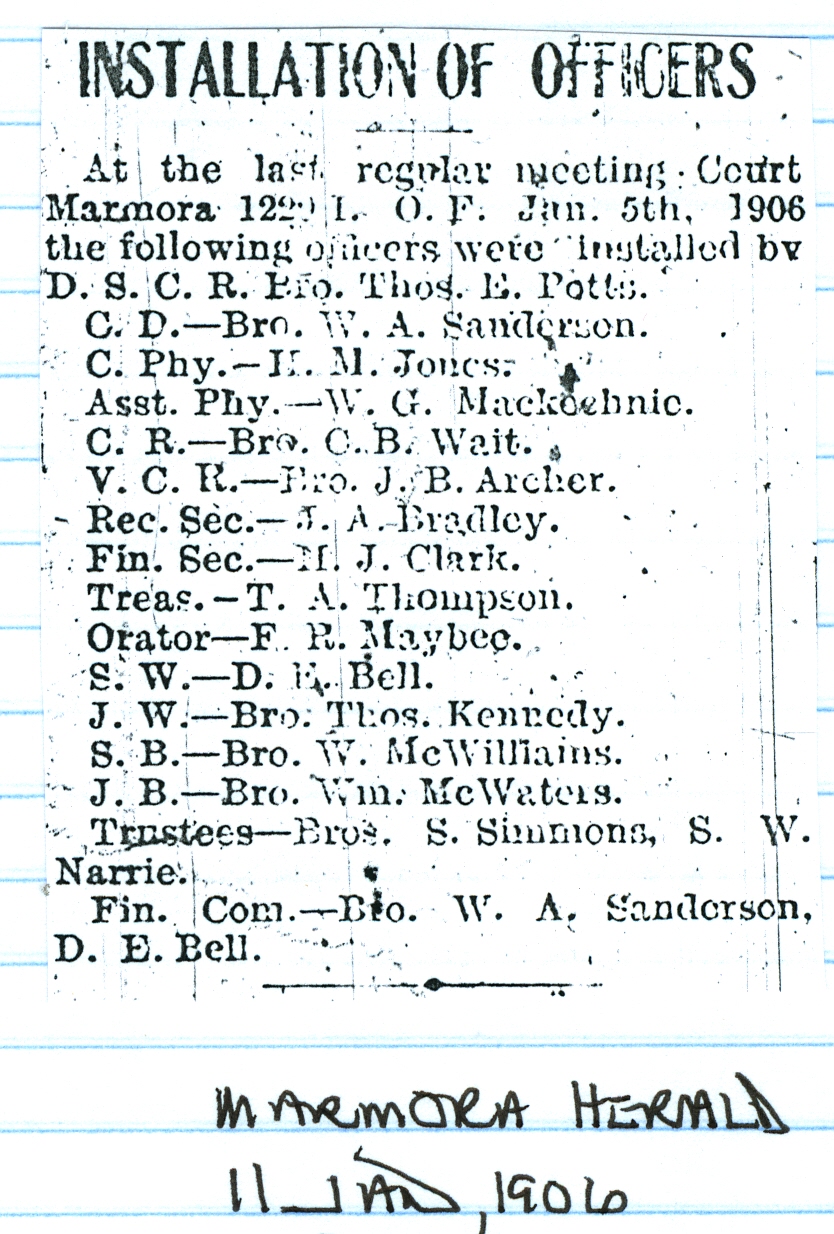It was not until August of 1897, that Ronald Ross, a British officer in the Indian Medical Service, demonstrated that malaria parasites could be transmitted from infected patients to mosquitoes. Many had suggested that the original carriers were soldiers of the Engineer Corp that built the Rideau Canal, while others have put the blame on the influx of Loyalist coming from the south. We know now, of course, that it was one particular temperate strain of parasite that could survive the Canadian winter in the bladder of its victim, and the following spring, hand over the potion to the next mosquito population., making it possible to spread through-out the Province.
In the first Public health Report of 1882, much coverage was given to the major outbreak in Madoc, blaming dams for swamping lands, dying vegetation, and the bacteria of sewerage leaking into the surrounding soils. Recommendations to remove dams were not welcomed by those profiting from the lumber industry requiring higher water levels.
Mr. E.D. O'Flynn, secretary of the Board of health wrote:
"It is said that it is the intention of the Trust and Loan Co. to rebuild the dam (referring to the Chisholm dam), which if done and allowed to remain, will be to invite the return of the Hydra-headed monster, malaria, with all its wasting and destroying influences. As the residents of this village and vicinity have been sorely tried during the past five years by a disease which like the plague that passed over ancient Egypt leaving one dead in every house; and having been severely taxed in doctor's bills, enfeebled in health and shattered in constitution, the Board are of the opinion that it has now assumed such a serious aspect and become so important a matter, that the Government should deal with it."
The malaria hot spots in Madoc were spread around Moira Lake and included a pond in the village, as shown by the black areas in the 1882 map included in the report. (below)
























































